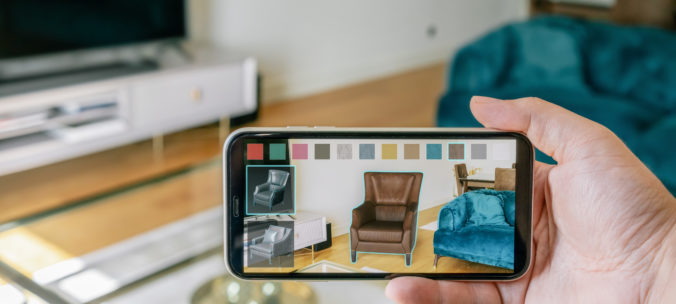Getting to Know the XR Consumer

It’s our job to understand all types of people. So when I saw an article on Quirks about a new type of consumer I was intrigued!
During the pandemic, online shopping went from popular to a necessity. At the same time, augmented reality (AR) and virtual reality (VR) were becoming more mainstream. AR is now accessible to anyone with a smartphone and the latest VR goggles are just under $300. The idea of using digital tools like AR & VR to recreate physical experiences at home was an appealing option during the pandemic and helped pave the way for the extended reality (XR) consumer.
The XR Consumer
According to Quirks, the XR consumer wants “technology to provide a new experience or dimension, as well as new solutions that make their lives easier and problem-solving faster.”
They go on to say that XR consumers:
• Tend to be curious, experimental, and forward-thinking on technology
• About half are Millennials and nearly two-thirds are male
• Tend to be more educated and have higher income levels
• Have a positive outlook on technology; are not overly concerned with data privacy
• Interest in VR and AR experiences is “more extensive” than the average consumer
Why do we care?
Where consumers go, the market will follow. AR has been around for years – from funny lenses on Snapchat to the backup camera on your car. Now, brands like L’Oréal and Sephora are using AR to help consumers to “try on” makeup before they buy.
Personally, I’ve used AR to “try on” eyeglasses from Warby Parker, but ultimately shopped in-store before committing to my final pair. I’ve also used AR in apps like Target and Wayfair to see how a lamp or chair might look in my home. In this instance, I actually prefer this to buying a chair, lugging it home and then realizing it’s too big or not the right style for my living room.
So, why does XR work for some products and not for others? When does XR enhance the retail experience, and when does it replace it? How can XR improve the customer experience?
As tech-savvy generations continue to age, I believe we’ll see XR consumers becoming the norm with most shoppers expecting a digital “try before you buy” option as part of their shopping experience. Do you agree? What possibilities do you see? I’d love to discuss.
Sarah Collins
sarahcollins@clearworks.net